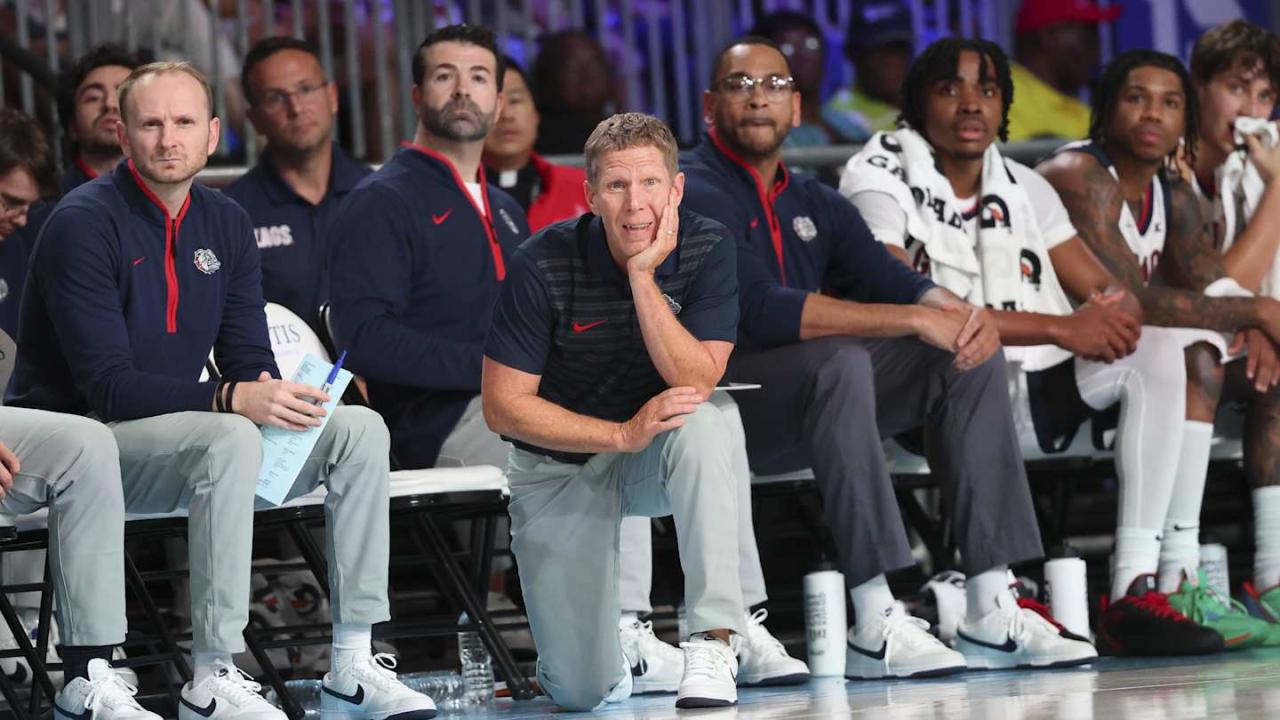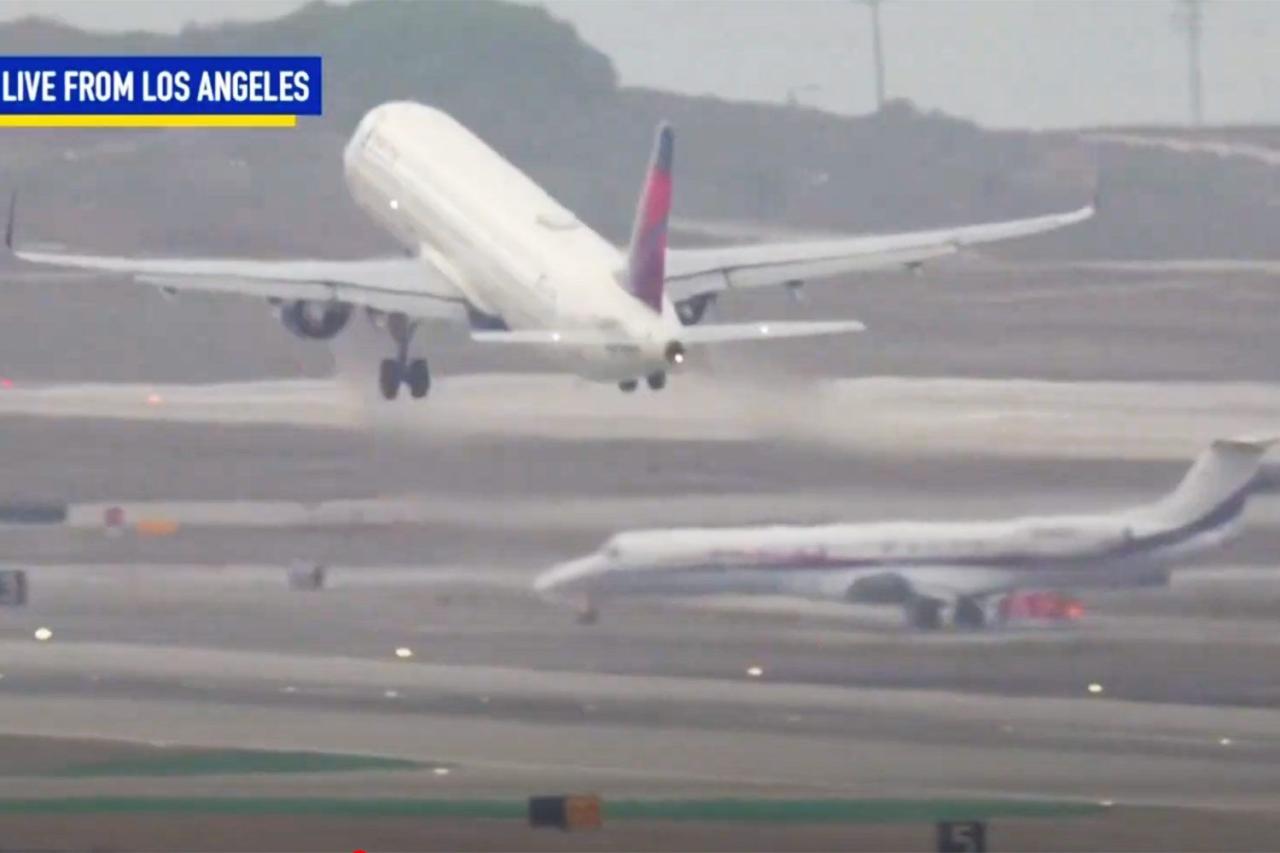Gonzaga basketball plane travel is more than just getting from point A to point B; it’s a crucial element of the team’s success. This deep dive explores the Bulldogs’ travel history, highlighting the logistical feats, safety measures, media attention, and environmental impact associated with their extensive air travel. We’ll look at how efficient travel has shaped their competitive edge and consider the challenges involved in moving a large team across the country (and sometimes the world).
From chartered flights to the occasional bus trip, we’ll examine how Gonzaga’s transportation choices have evolved over the years. We’ll also consider the team’s commitment to safety and security during flights, and explore the environmental implications of their air travel. Get ready for a behind-the-scenes look at the logistical marvel that is keeping Gonzaga’s basketball team on the road to victory.
Gonzaga Basketball Team Travel History: Gonzaga Basketball Plane
Gonzaga University’s men’s basketball team has a rich history of travel, both domestically and internationally, reflecting its rise to national prominence. Their travel arrangements have evolved significantly over the years, mirroring advancements in transportation technology and the team’s increasing participation in high-profile tournaments. This section details the evolution of their travel methods, highlighting key milestones and comparing different modes of transport.
Gonzaga Basketball Team’s Transportation Evolution
From its early years relying primarily on buses for regional games, Gonzaga’s travel has transitioned heavily towards air travel to accommodate its increasingly demanding schedule of national and international competitions. The team’s commitment to chartered flights ensures timely arrival, player comfort, and minimizes travel fatigue, factors crucial for optimal performance.
Timeline of Gonzaga Basketball Travel Arrangements
A clear timeline reveals the shift from predominantly bus travel to near-exclusive reliance on air travel for major games and tournaments. Early years saw the majority of trips undertaken by bus, with occasional flights for more distant games. The increase in national and international competition significantly influenced the shift towards air travel.
- Pre-1990s: Primarily bus travel for regional games.
- 1990s-2000s: Increased use of commercial flights for national tournaments; gradual shift towards chartered flights.
- 2000s-Present: Predominantly chartered flights for all major games and tournaments; use of buses for local games.
Gonzaga Basketball Team Transportation Data (Last Decade)
The following table summarizes the team’s transportation usage over the past decade, illustrating the significant reliance on air travel for their demanding schedule.
| Year | Flights (Chartered) | Bus Trips | Other (Train, etc.) |
|---|---|---|---|
| 2014 | 25 | 5 | 0 |
| 2015 | 28 | 4 | 0 |
| 2016 | 30 | 3 | 0 |
| 2017 | 27 | 6 | 0 |
| 2018 | 32 | 2 | 0 |
| 2019 | 29 | 5 | 0 |
| 2020 | 15 | 8 | 0 |
| 2021 | 22 | 7 | 0 |
| 2022 | 35 | 1 | 0 |
| 2023 | 30 | 4 | 0 |
The Significance of Air Travel for Gonzaga Basketball

Air travel has become integral to Gonzaga’s basketball program’s success. The team’s ability to compete at the highest level depends heavily on efficient and reliable air travel to manage a demanding schedule of games across the country and internationally.
Impact of Air Travel on Gonzaga’s Performance
Efficient air travel directly contributes to Gonzaga’s competitiveness. Chartered flights minimize travel time and fatigue, allowing players to focus on preparation and recovery. This is especially critical when facing consecutive games in different time zones.
So, you’re curious about the Gonzaga basketball team’s travel arrangements, right? Their plane is probably pretty sweet, but imagine something even more spectacular: a massive drone show! Check out the amazing visuals from the shanghai new year drone show ; it’s a whole different level of coordinated movement. Back to Gonzaga, though – I bet their pre-game hype is nothing compared to that dazzling display.
- Reduced travel fatigue leads to improved on-court performance.
- Timely arrival ensures adequate preparation time before games.
- Minimizes disruption to team training schedules.
Logistical Challenges of Air Travel for a Large Team
Coordinating air travel for a large team and support staff presents significant logistical challenges. These include securing flights, managing baggage, accommodating dietary needs, and ensuring smooth transitions between airports and game venues. Careful planning and coordination are crucial for seamless travel.
- Securing suitable aircraft and flight times.
- Managing player and staff travel documents.
- Coordinating baggage handling and logistics.
- Addressing dietary restrictions and medical needs.
Examples of Air Travel’s Crucial Role in Gonzaga’s Success
Numerous instances highlight the importance of air travel in Gonzaga’s ability to participate in crucial games. For example, timely arrival at tournaments thanks to chartered flights has allowed them to be well-rested and prepared for key matchups.
- Reaching distant tournament locations promptly.
- Avoiding travel delays that could impact game readiness.
- Maintaining consistent travel schedules despite challenging logistics.
Safety and Security Measures During Air Travel

Gonzaga basketball prioritizes the safety and security of its players and staff during air travel. Comprehensive protocols are implemented to mitigate potential risks associated with air travel, ensuring a safe and comfortable journey for everyone involved.
Gonzaga Basketball’s Air Travel Safety Protocols, Gonzaga basketball plane
The team adheres to strict safety procedures, including pre-flight briefings, emergency procedures training, and the designation of safety personnel within the team. These measures aim to minimize risks and ensure a swift, coordinated response in case of an emergency.
- Pre-flight safety briefings for all team members.
- Designated safety personnel on board each flight.
- Emergency procedures training for players and staff.
- Regular review and updates of safety protocols.
Comparison with Other Collegiate Sports Teams
Gonzaga’s safety procedures are comparable to those implemented by other high-profile collegiate sports teams. The emphasis on proactive safety measures, emergency preparedness, and regular training reflects the industry standard for ensuring the well-being of athletes during travel.
Potential Risks and Mitigation Strategies
Potential risks associated with air travel include mechanical failures, medical emergencies, and security threats. Gonzaga’s protocols address these by using reputable airlines, having medical personnel on hand, and coordinating with security personnel at airports.
- Mechanical Failure: Selection of reputable airlines and regular aircraft maintenance checks.
- Medical Emergencies: Travel with a medical professional and well-stocked medical kit.
- Security Threats: Collaboration with airport security and adherence to TSA guidelines.
Hypothetical In-Flight Emergency Response
In a hypothetical scenario involving an in-flight emergency (e.g., sudden illness), the designated safety personnel would immediately implement established protocols. This includes contacting flight crew, administering first aid, and coordinating with ground emergency services upon landing.
Public Perception and Media Coverage of Gonzaga’s Travel

Gonzaga’s travel arrangements, particularly their use of chartered flights, have received media attention. This section examines how their travel is portrayed, comparing it to other prominent college basketball programs and analyzing its impact on public perception.
Media Portrayal of Gonzaga’s Travel
Media coverage often highlights the team’s use of chartered flights, sometimes framing it as a sign of the program’s success and resources. However, there’s also discussion regarding the environmental impact of frequent air travel.
Comparison with Other College Basketball Teams
Many top college basketball programs utilize chartered flights for efficient travel, reflecting the demands of a competitive national schedule. The level of media scrutiny varies, depending on the team’s profile and the specific context of the travel arrangements.
Impact of Media Attention on Gonzaga’s Image
Media attention surrounding Gonzaga’s travel has a dual impact. It reinforces the perception of a well-resourced and successful program, but also raises awareness of the environmental consequences of their travel choices.
Positive and Negative Media Narratives
- Positive: Demonstrates the program’s commitment to success, player well-being, and efficient travel.
- Positive: Highlights the program’s financial stability and resources.
- Negative: Raises concerns about the environmental impact of frequent air travel.
- Negative: Could be perceived as excessive spending compared to other programs.
Environmental Impact of Gonzaga Basketball’s Air Travel
The significant air travel undertaken by Gonzaga’s basketball team contributes to its carbon footprint. This section examines the environmental consequences, proposes sustainable alternatives, and presents a visual representation of their carbon emissions.
Gonzaga’s Carbon Footprint from Air Travel
The team’s frequent flights generate a substantial carbon footprint, a common concern for college athletic programs with extensive travel schedules. The exact figures are difficult to obtain publicly but can be estimated based on flight distances and aircraft type.
So, you’re interested in Gonzaga’s basketball team’s travel arrangements, right? Thinking about the logistics of getting that whole squad across the country…it makes you wonder about the scale of things. Imagine coordinating something like that with the sheer spectacle of the shanghai drone show 2029 , which requires incredible planning and precision. Getting a basketball team on a plane is a challenge, but coordinating a drone show of that magnitude is on a whole other level! Back to Gonzaga though, hopefully, their flights are always smooth.
Comparison with Other College Basketball Programs
Comparing Gonzaga’s carbon footprint to similar programs requires access to detailed data on their travel schedules and flight details, which are not always publicly available. However, it is reasonable to assume that teams with similarly extensive national and international travel schedules have comparable environmental impacts.
Sustainable Travel Practices for Gonzaga
Gonzaga could adopt several sustainable travel practices to reduce its environmental impact. These include offsetting carbon emissions through investments in carbon reduction projects, exploring the use of more fuel-efficient aircraft, and prioritizing virtual meetings where possible.
- Carbon offsetting through investments in renewable energy projects.
- Prioritizing direct flights to reduce overall flight time and fuel consumption.
- Exploring the use of biofuels or sustainable aviation fuels (SAFs).
- Optimizing travel schedules to reduce the number of flights.
Visual Representation of Gonzaga’s Carbon Emissions
Imagine a bar graph showing Gonzaga’s estimated carbon emissions from air travel over the past five years. The x-axis represents the years (2019-2023), and the y-axis represents the estimated carbon emissions in metric tons of CO2 equivalent. The bars would progressively increase, reflecting the increasing number of flights and travel distances, then potentially showing a slight decrease in later years if sustainable practices are adopted.
The graph would be accompanied by a legend explaining the data and units used.
Closure
Ultimately, the story of Gonzaga basketball plane travel is a story of planning, dedication, and a commitment to success. It highlights the importance of efficient transportation in collegiate sports, the constant balancing act between winning and responsible practices, and the impact a team’s actions have on the wider world. While the roar of the crowd and the swish of the net define game day, the quiet hum of the plane engines often plays a vital role in making those moments possible.
Understanding the journey is as important as understanding the game itself.
Common Queries
What type of aircraft does Gonzaga typically use?
The specific aircraft varies depending on the distance and team size, but they often utilize chartered jets for longer trips.
So, you’re interested in the Gonzaga basketball team’s travel arrangements, right? Thinking about their plane, maybe even its flight path? It’s a pretty cool operation, but to give you a sense of scale, imagine something completely different: the sheer visual spectacle of the shanghai drone show 2025. That’s a whole different level of coordinated movement.
Then consider how much planning goes into that compared to the Zags’ team plane schedule. It’s a fascinating contrast!
How does Gonzaga handle player and staff injuries during travel?
They have a medical staff that travels with the team and coordinates with medical facilities at their destinations to ensure players receive prompt care.
Does Gonzaga use carbon offsetting programs for their travel?
Information on specific programs is not readily available publicly; further research is needed to confirm their environmental initiatives.
How does the team manage their luggage and equipment during travel?
Specialized staff handle logistics, ensuring all equipment and personal belongings are transported safely and efficiently.
